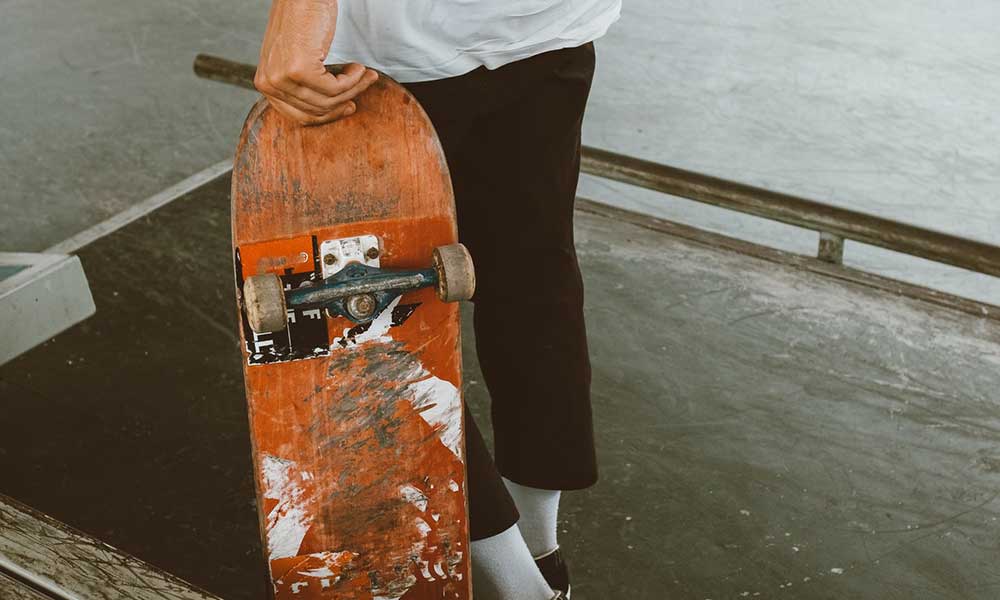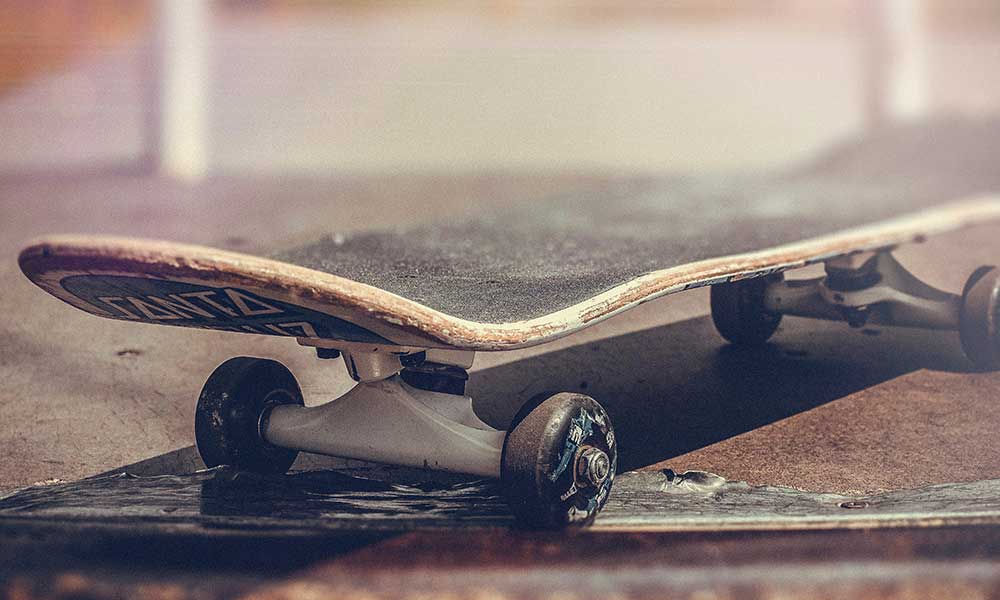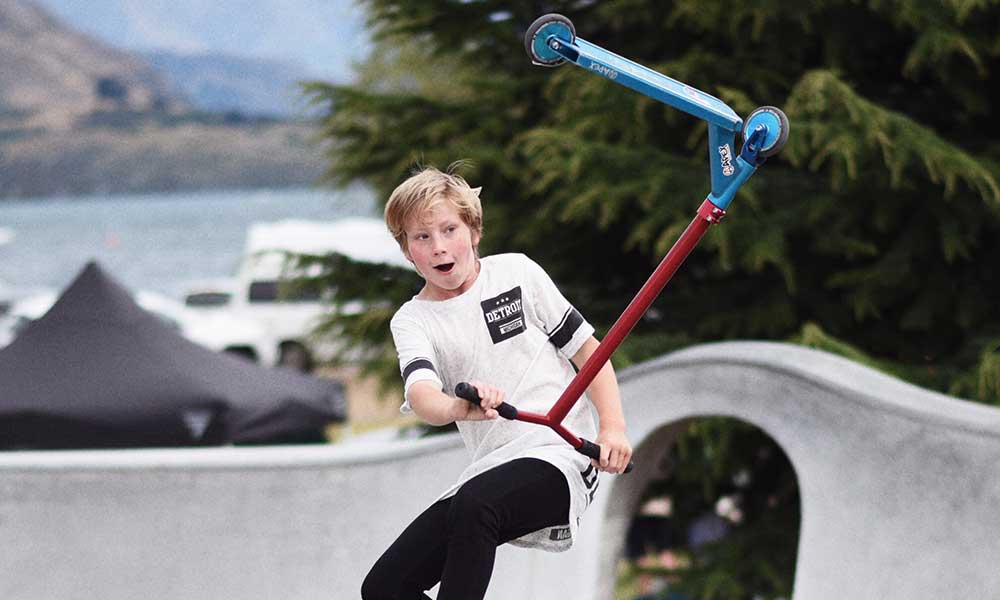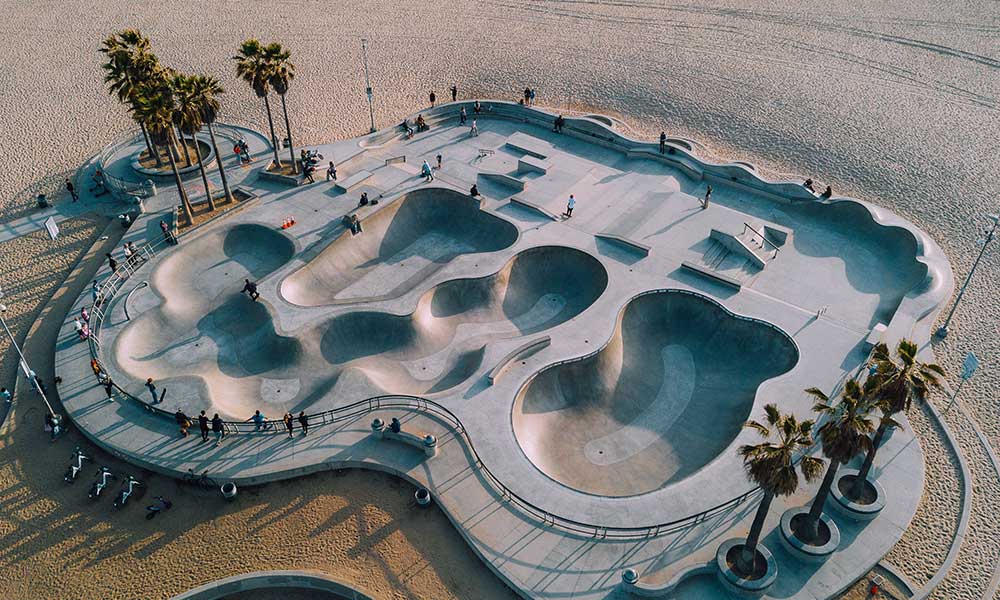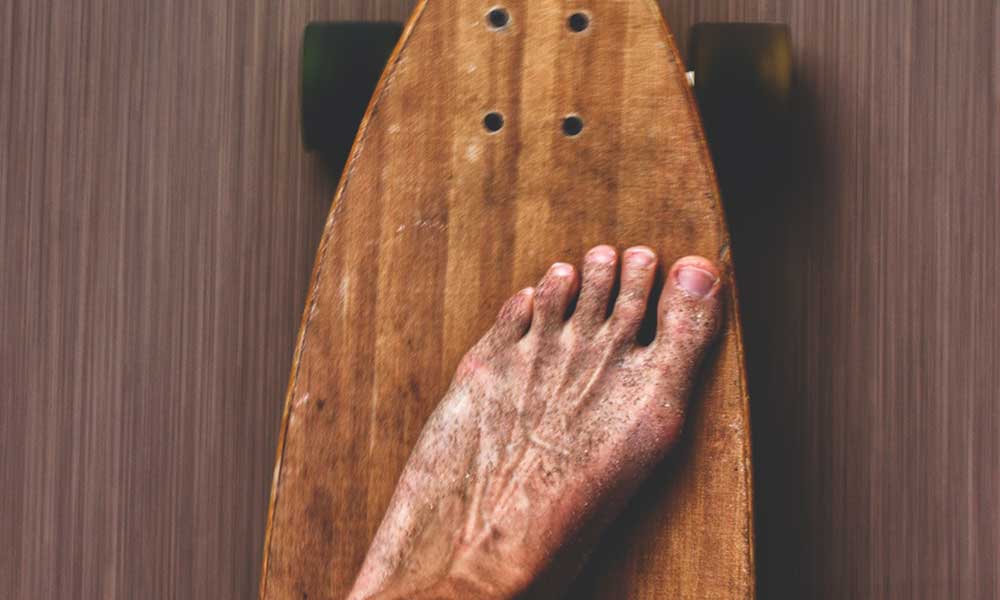Should you get riser pads for your skateboard?
They’re relatively inexpensive and cheap, but they’re not essential, so how can you know if you should buy them or not?
What are Skateboard Riser Pads?
Skateboard riser pads are inserted between the deck and trucks to prevent something known as “wheel bite”.
It occurs when the wheels rub against the deck, causing them to grind to a halt and potentially throwing the skater off the skateboard.
Skateboard riser pads may also preserve your skateboard, protecting the area between the trucks and deck and reducing stress cracks.
Do You Need Skateboard Riser Pads?
Riser pads are very useful on longboards, as the larger wheels mean there is more chance of wheel bite.
For longer skateboards and bigger wheels, the riser pads will need to be taller.
Shortboarders can also benefit from the use of riser pads to reduce damage to their skateboard and prolong its life while giving them more “pop” when performing tricks.
However, as the skateboard moves further from the ground it becomes less easy to maneuver and so there is a tradeoff.
Generally speaking, the bigger that your wheels are, the more essential riser pads will be.
If you have small skateboard wheels and don’t experience wheel bite very often, you don’t need them.
Riser Pad Shapes
There are two main riser pad shapes: Wedge and Flat/Rectangle.
The rectangle option is the most common.
These hard plastic pads offer a little extra height and may provide a smoother ride.
They are cheap, widely available, and effective. You should definitely look into them if you have larger wheels but may want to give them a miss for small wheels.
As for angled riser pads, they look a lot like door jambs and work by raising the height of the skateboard trucks and placing them at an angle away from the deck.
The trucks can be angled toward the center or away from the center, and this affects the turning ability while also protecting against wheel bite.
Skateboard Hardware Sizes
If you choose to install risers, you may need to buy some more hardware to accommodate the size changes.
Take a look at the chart below to better understand what size hardware you will need:
- No Riser Pad = 7/8″ – 1″
- 1/8″ Riser Pad = 1″ – 1 1/8″
- 1/4″ Riser Pad = 1 1/4″
- 1/2″ Riser Pad = 1 1/2″
Riser Pads vs Shock Pads
The terms “shock pads” and “riser pads” are often believed to be synonymous with one another.
They look similar, they are attached to the same area, and they serve a similar purpose. But there are some key differences.
Basically, skateboard riser pads are used to raise the height of your skateboard to separate the wheels from the skateboard deck.
Shock pads are designed to absorb shock and deliver a smoother ride.
Skateboard shock pads are often made from foam or rubber, materials that will absorb the impact.
Riser pads, on the other hand, tend to be made from plastic, which prevents them from compressing and being ground away.
The performance may also vary.
Riser pads shouldn’t impact the speed of the skateboard but shock pads will reduce it slightly.

